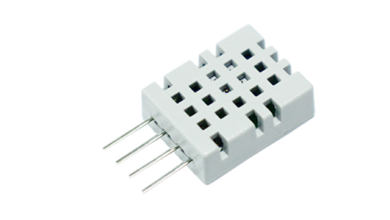AED for the Workplace: Using Instructions

A greater range of people is beginning to recognize the importance of AEDs. Understanding how to use an AED is essential for regular people who encounter unexpected situations because it is the only immediate type of first aid available. It is also believed that the widespread usage of the AED for workplaces will improve the efficiency of first assistance for cardiac arrest patients and ensure their survival. Mindray provides patient monitoring, defibrillation systems, AEDs, and other services with years of experience. Let’s use Mindray AEDs as examples to present some advice on what to remember when using AEDs today.
What should you pay attention to when utilizing AEDs?
In a business situation, the rescuer should continue CPR after the first defibrillation using the AED, as advised by medical professionals.
There are concerns regarding this method as opposed to continuing an inconsistent rhythm of ineffective chest compressions or even doing nothing after installing the AED.
The rescuer should only follow the AED’s voice instructions and the rhythm of “ding, ding, ding” it emits when administering chest compressions to provide effective CPR. The position and depth of the chest compression must both be considered.
After two minutes, the AED will reevaluate the heart rhythm using the electrodes to determine whether a second defibrillation is required. If the evaluation results are needed, there is one more thing to keep in mind: before defibrillation is performed, please make sure the patient’s body is a certain distance from the rescuer. Otherwise, the rescuer or bystanders could be harmed by the defibrillator current. Once more, this was not the intended outcome.
Conclusion
I sincerely hope that everyone in society is competent in using AEDs so that in the event of a cardiac arrest, those nearby are the first to respond and administer cardiac resuscitation and AED resuscitation using the state-of-the-art AED for workplaces produced by Mindray while waiting for medical personnel to arrive to provide further professional care, which can significantly increase the survival rate.





